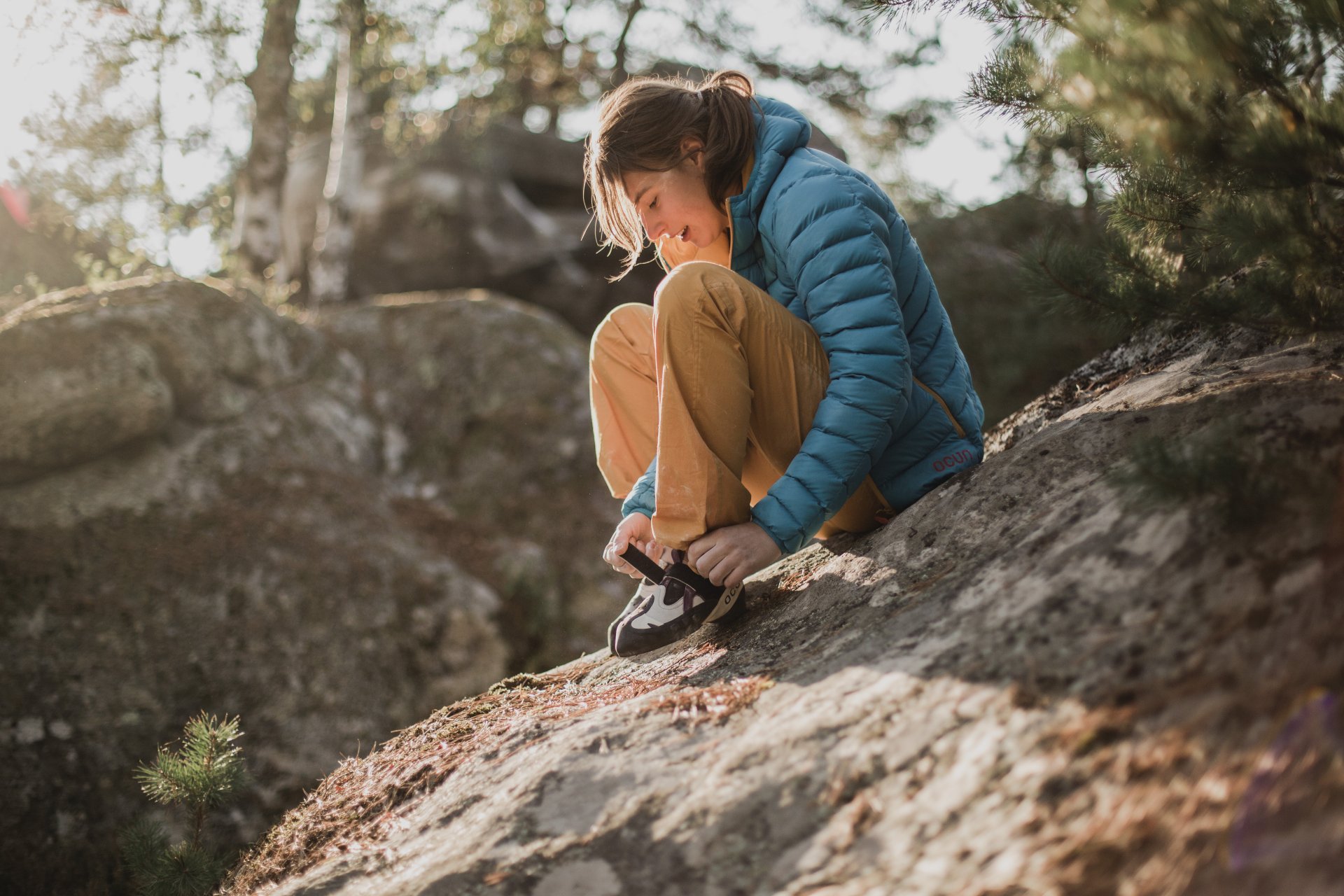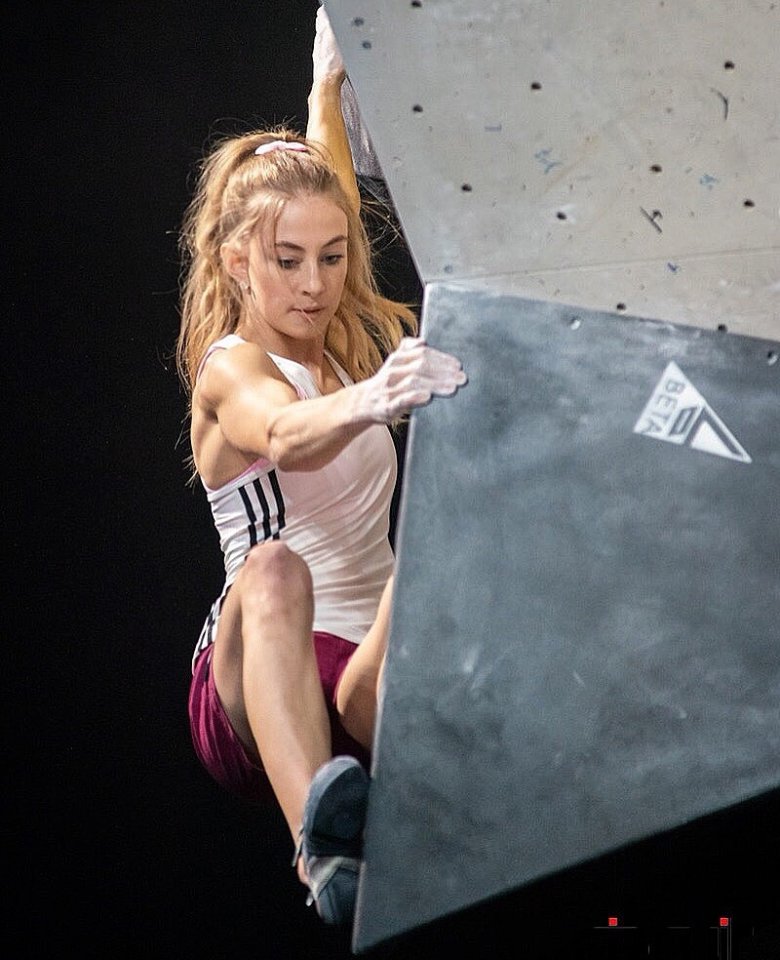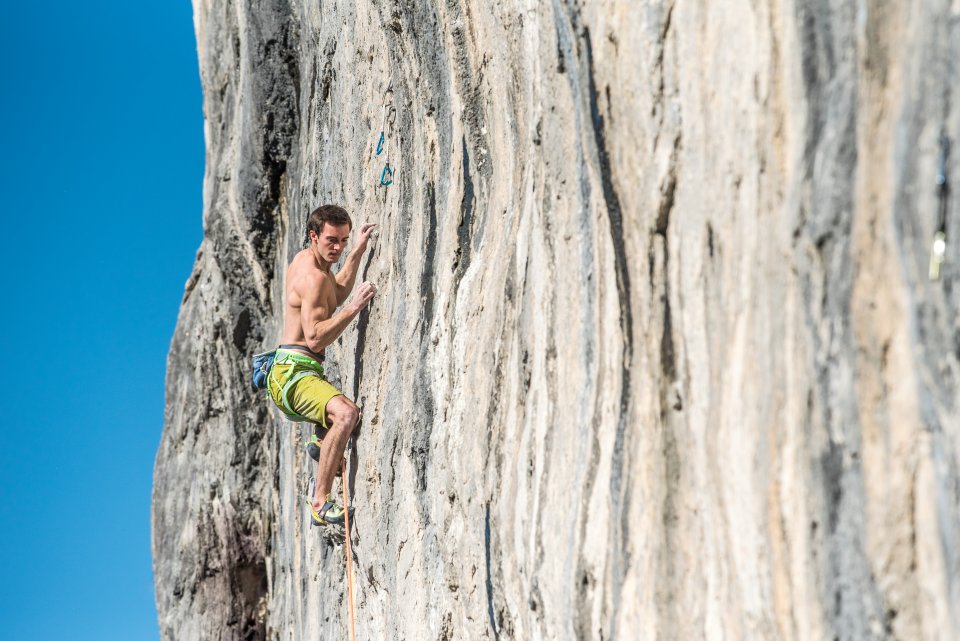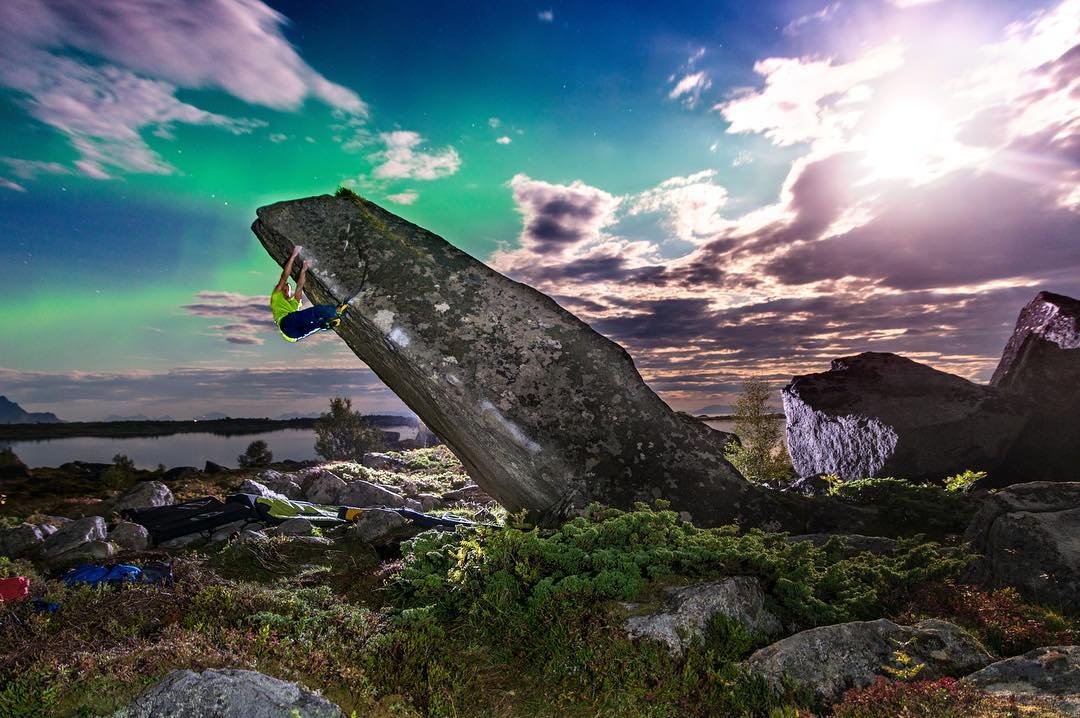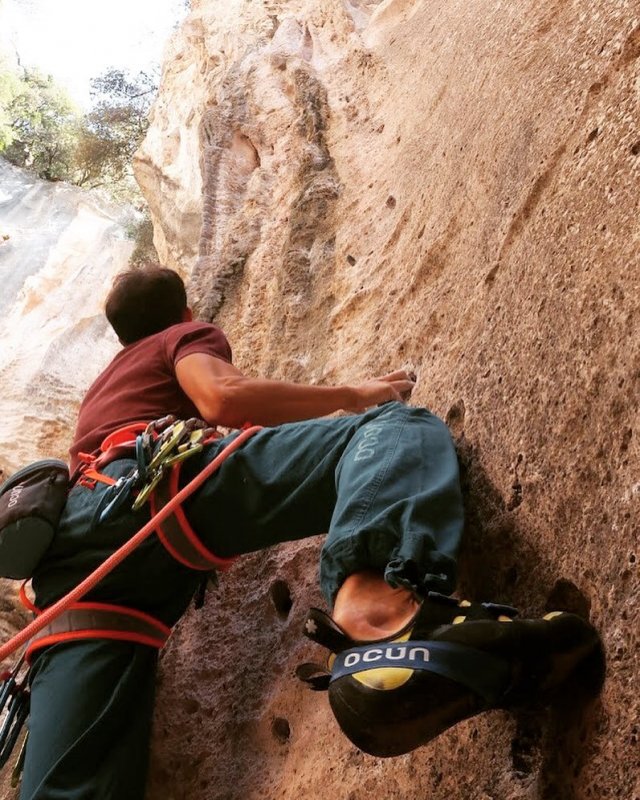The design of a climbing shoe is quite sophisticated. The shape, sole, heel strap tension... Everything works together. Individual models of climbing shoes can differ in a number of ways that determine the level of climber they are intended for, the type of material that is desirable and the types of routes or boulders they are best used for.
What will help on miniature sharp ledges won’t be ideal for routes that rely on friction. “The trend in recent years is to design climbing shoes specifically for individual types of climbing,” says Ocún developer Martin Sedlák. To make the right choice one must be sufficiently informed. So let’s take a look at how climbing shoes are made and the effect their construction and materials have on climbing.
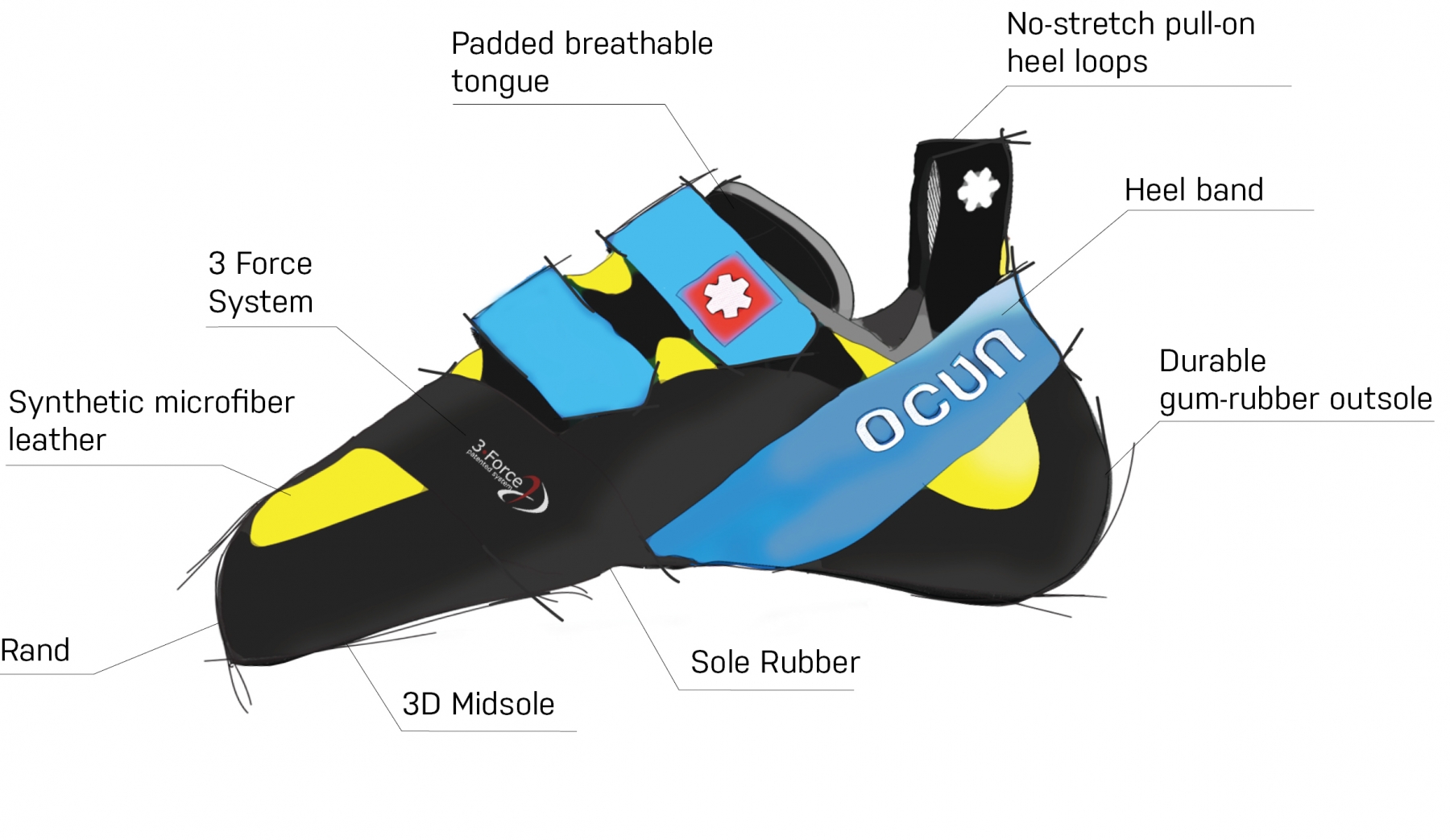
Asymmetry and profile
These two terms are often confused. Asymmetry is the degree of bend from the heel to the toe – viewed from above, the more a shoe bends towards the big toe, the more asymmetrical it is. Profile is the bend that can be viewed from the side. Does the entire sole touch the floor? Then the asymmetry is flat. As a simple rule, climbing shoes for beginners have the flattest profile and least asymmetry. Models intended for advanced climbers try to redistribute force in the shoe with greater precision, which is why they are highly deformed with a large degree of asymmetry and a hooked profile. Flatter climbing shoes are not only good for beginners, but also help to a certain degree with friction climbing, when you want the shoe to have the greatest possible contact area with the rock.

Sole and rubber
"The sole contributes greatly to the characteristics of a climbing shoe. Its task is to ensure that you don’t slip, even when standing on a smooth wall with just a friction smear."
The characteristics of a climbing shoe depend greatly on the sole. It must stick to rock surfaces. Concocting highly adhesive rubber mixtures is alchemy and having a good sticky sole is always a fundamental advantage (more about rubber development here). Most contact with the rock is through the sole. Climbers spend a good 95% of their time standing on ledges with the tips of the sole. The sole’s job is to make sure you don’t slip, even when using friction to stand on polished limestone or when soft sandstone is crumbling under your toes.
When it’s not the sole in contact with the rock, it’s the rand, a strip of rubber that goes around the shoe. For this we also use highly adhesive rubber. It’ll hold you when toe hooking or if you fit your entire foot into a crack. In such situations, the contact area consists of the upper toe box or sides of the shoe. Toe hooking is not a common move, but if you find one it will save you a ton of energy and reliable toe hooking is often the difference between success and failure.
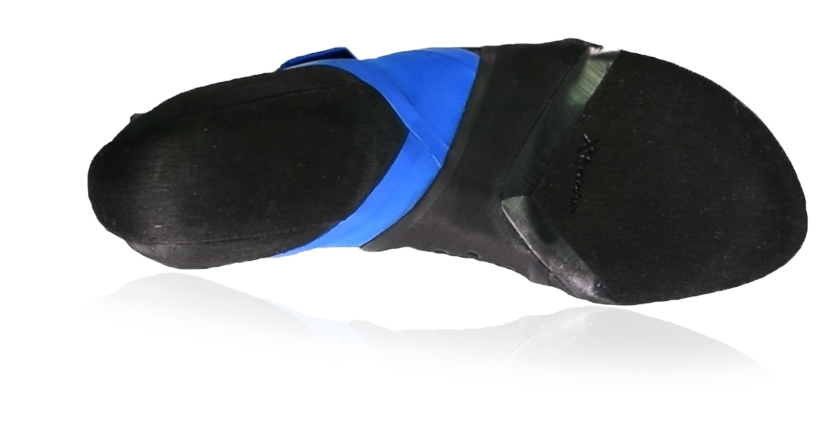
Stiffness and torsion stability
"The midsole provides additional support for toes when standing on small ledges."
The smaller the ledge, the greater the force the climber must apply to the tip of the shoe to hold it. That’s why shoes with stiffer tip construction are better for small ledges. They provide foot support and save the climber’s energy. In practice, stiffness and high torsion stability is achieved through a combination of shoe construction elements – it begins with the type of heel selected, continues with the midsole and ends with our patented 3-Force System.
“The midsole provides additional support for toes when standing on small ledges. We design various 2D and 3D midsoles so that the toes are supported the way a climber needs,” says Martin.
"Thanks to the 3-Force System the Ozone has great torsion stability and holds firmly even in situations where other shoes would twist on the climber’s feet."
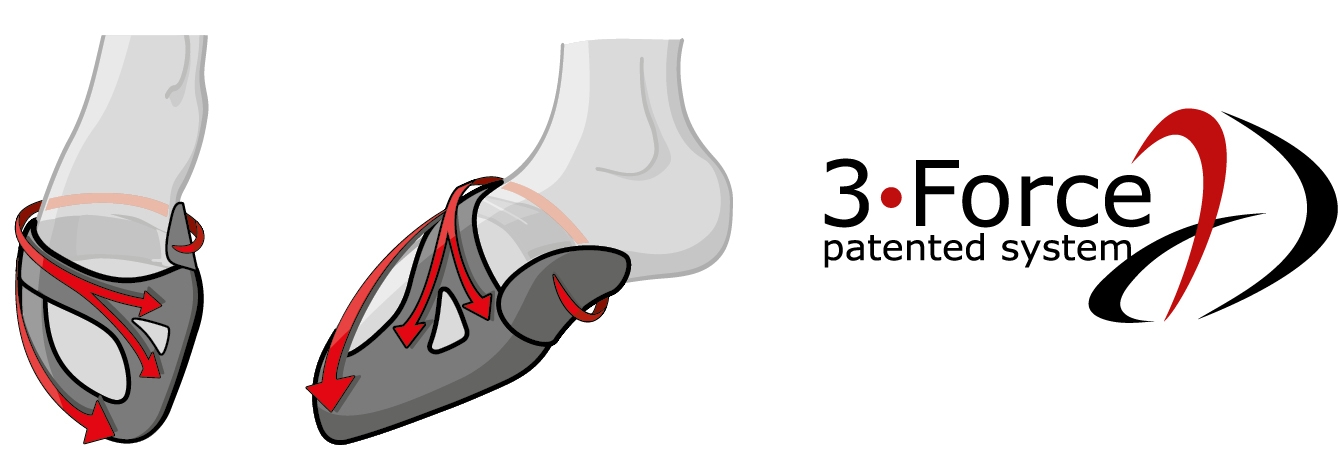
“In the 3-Force System, the rubber rand runs from the tip above the knuckles of the toes to the inner side of the arch. This gives the Ozone great torsion stability and holds the shoe firmly in place when other shoes would twist on the climber’s feet,” explains Martin. That’s why the Ozone is so popular with climbers who like to be able to hold small ledges on limestone and granite.
Lacing vs. quick closure
The choice here is mostly one of personal preference. That is also why many shoes are produced in both models – some people like laces, others prefer the comfort of quick closure. The advantage of lacing is that it runs all the way to the tip of the shoe, providing maximum fit for the entire length. You can tighten the shoe up to fit the shape of your foot exactly. The main advantage of quick closure is that you can get the shoes on and off quickly.
Define your goal
Before you buy new climbing shoes, determine what you want to climb and how advanced you are. You should also decide what you want to accomplish.
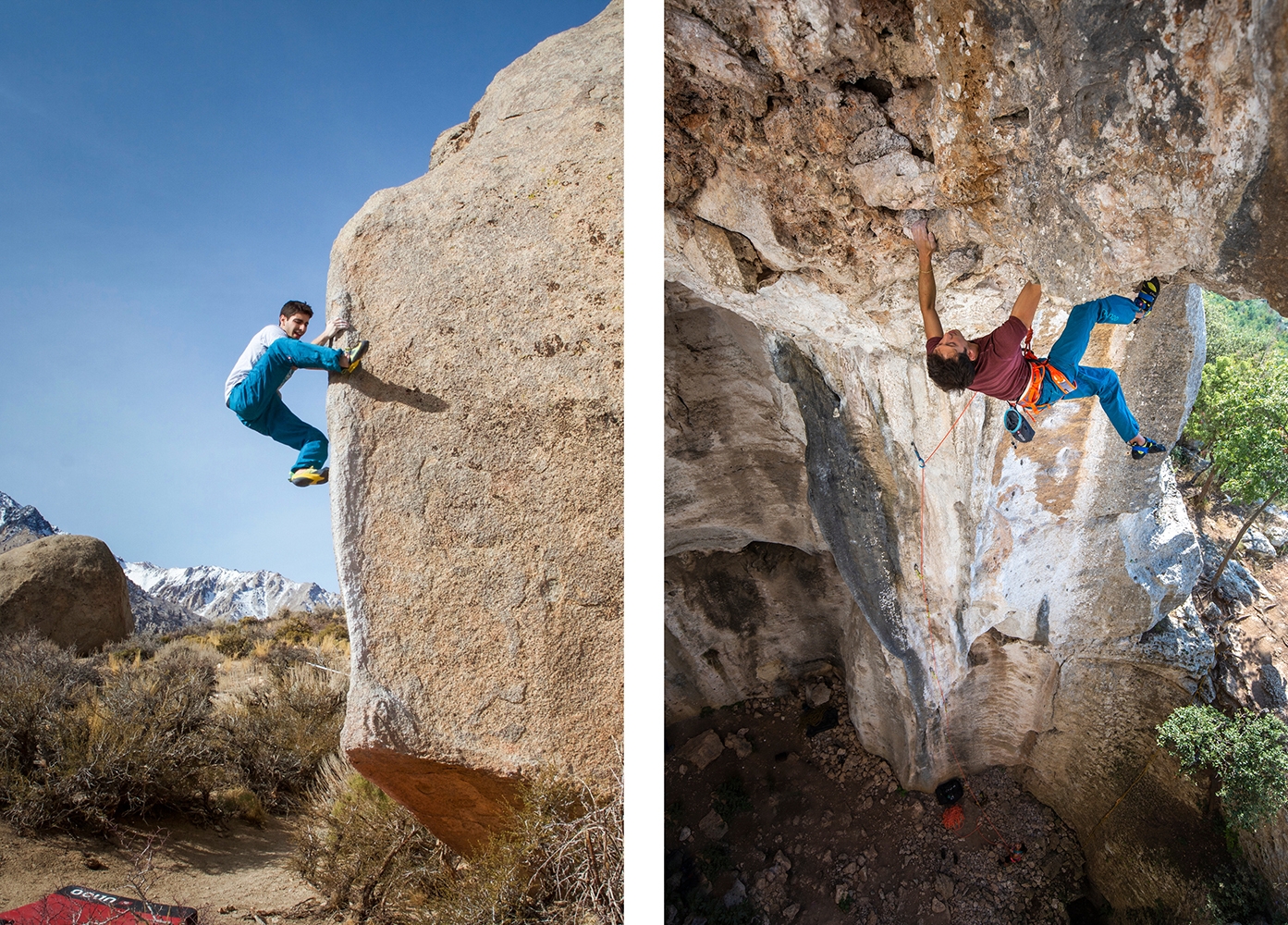
"Pain comes with performance."
Are you a complete beginner that just needs to get used to basic climbing moves? Then it won’t help to suffer in climbing shoes that squeeze and deform your foot. The advantages of extremely tight shoes like high torsion stability only become evident on routes of a certain difficulty. Choose a beginner’s model that feels comfortable to you and then enjoy learning the sport. Shoes should be snug, but they certainly need not deform your foot. Pain comes with performance, don’t worry, there’ll be time for that later. In beginner’s shoes you can climb all types of routes – they’ll serve you well on the wall, outdoors, on boulders and on ropes. They are designed to be universal. They have a straighter profile and low asymmetry. Choose based on comfort and the shape of your foot.
“It’s good to put shoes on twice when trying them out. The second time is always a little different than the first. You always need to go into the store and try them out to get the right fit, even if buying the same brand shoes as before,” adds Martin.
Try the Crest. You might even consider the Strike.
Have you already been climbing a while and have a basic idea of how and what you want to improve? It’s time to consider a good performance shoe with a cut that forces you to scrunch your toes a little toward the tip. Mid-range performance shoes will provide enough support during more technical moves and will also motivate you. They will also soon help you to move on to more difficult routes.
Try the Jett, Rebel, Strike or the Pearl.
If you are already an accomplished climber, you already know that one pair of shoes is not enough. You have at least one pair for the wall, one for boulders, one for limestone and perhaps others for sandstone or mountain climbing. Climbing is fun in many different ways and is most enjoyable when one is well equipped.
For those difficult climbs with small ledges where careful footwork plays an essential role, I would recommend the timeless Diamond and all models of the Ozone.
For bouldering and any difficult power climbing employing tricky moves like heel hooking or toe hooking, you will want a performance shoe with a high rubber rand. Try one of the Oxi models. In addition to the lacing and quick closure options, they differ in terms of stiffness – you will appreciate the stiffer Oxi LU in both cracks and on small ledges typical for granite. The softer Oxi S, Lady and QC are good for standing on friction smears, which has recently become quite popular in competition bouldering. The art of smearing is the alpha and omega when climbing on sandstone or bouldering at Fontáč. The Oxi is great for all the formations there.
The time-tested Pearl is also good for sandstone, with its narrow cut and soft, sticky sole.
If you are fond of mountains and climb routes that are long and a bit below your maximum, then we recommend trying climbing shoes for intermediate climbers. The optimal balance between comfort and performance is essential in the mountains. In this case, try the Strike, Jett or Rebel.
